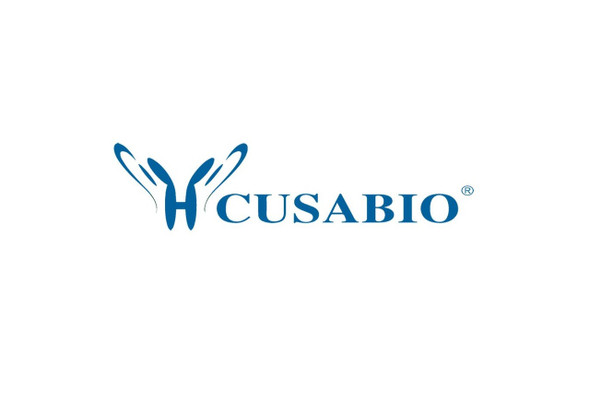Cusabio Bacillus subtilis Recombinants
Recombinant Bacillus subtilis Glycine oxidase (thiO) | CSB-EP521738BRJ
- SKU:
- CSB-EP521738BRJ
- Availability:
- 3 - 7 Working Days
Description
Recombinant Bacillus subtilis Glycine oxidase (thiO) | CSB-EP521738BRJ | Cusabio
Alternative Name(s): thiO; goxB; yjbR; BSU11670Glycine oxidase; GO; EC 1.4.3.19
Gene Names: thiO
Research Areas: Others
Organism: Bacillus subtilis (strain 168)
AA Sequence: MKRHYEAVVIGGGIIGSAIAYYLAKENKNTALFESGTMGGRTTSAAAGMLGAHAECEERDAFFDFAMHSQRLYKGLGEELYALSGVDIRQHNGGMFKLAFSEEDVLQLRQMDDLDSVSWYSKEEVLEKEPYASGDIFGASFIQDDVHVEPYFVCKAYVKAAKMLGAEIFEHTPVLHVERDGEALFIKTPSGDVWANHVVVASGVWSGMFFKQLGLNNAFLPVKGECLSVWNDDIPLTKTLYHDHCYIVPRKSGRLVVGATMKPGDWSETPDLGGLESVMKKAKTMLPAIQNMKVDRFWAGLRPGTKDGKPYIGRHPEDSRILFAAGHFRNGILLAPATGALISDLIMNKEVNQDWLHAFRIDRKEAVQI
Source: E.coli
Tag Info: N-terminal 6xHis-SUMO-tagged
Expression Region: 1-369aa
Sequence Info: Full Length
MW: 56.9 kDa
Purity: Greater than 90% as determined by SDS-PAGE.
Relevance: Catalyzes the FAD-dependent oxidative deamination of various amines and D-amino acids to yield the corresponding alpha-keto acids, ammonia/amine, and hydrogen peroxide. Oxidizes sarcosine (N-methylglycine), N-ethylglycine and glycine. Can also oxidize the herbicide glyphosate (N-phosphonomethylglycine). Displays lower activities on D-alanine, D-valine, D-proline and D-methionine. Does not act on L-amino acids and other D-amino acids. Is essential for thiamine biosynthesis since the oxidation of glycine catalyzed by ThiO generates the glycine imine intermediate (dehydroglycine) required for the biosynthesis of the thiazole ring of thiamine pyrophosphate.
Reference: Glyphosate resistance by engineering the flavoenzyme glycine oxidase.Pedotti M., Rosini E., Molla G., Moschetti T., Savino C., Vallone B., Pollegioni L.J. Biol. Chem. 284:36415-36423(2009)
Storage: The shelf life is related to many factors, storage state, buffer ingredients, storage temperature and the stability of the protein itself. Generally, the shelf life of liquid form is 6 months at -20?/-80?. The shelf life of lyophilized form is 12 months at -20?/-80?.
Notes: Repeated freezing and thawing is not recommended. Store working aliquots at 4? for up to one week.
Function: Catalyzes the FAD-dependent oxidative deamination of various amines and D-amino acids to yield the corresponding alpha-keto acids, ammonia/amine, and hydrogen peroxide. Oxidizes sarcosine (N-methylglycine), N-ethylglycine and glycine
Involvement in disease:
Subcellular Location: Cytoplasm
Protein Families: DAO family, ThiO subfamily
Tissue Specificity:
Paythway:
Form: Liquid or Lyophilized powder
Buffer: If the delivery form is liquid, the default storage buffer is Tris/PBS-based buffer, 5%-50% glycerol. If the delivery form is lyophilized powder, the buffer before lyophilization is Tris/PBS-based buffer, 6% Trehalose, pH 8.0.
Reconstitution: We recommend that this vial be briefly centrifuged prior to opening to bring the contents to the bottom. Please reconstitute protein in deionized sterile water to a concentration of 0.1-1.0 mg/mL.We recommend to add 5-50% of glycerol (final concentration) and aliquot for long-term storage at -20?/-80?. Our default final concentration of glycerol is 50%. Customers could use it as reference.
Uniprot ID: O31616
HGNC Database Link: N/A
UniGene Database Link: N/A
KEGG Database Link: KEGG
STRING Database Link: STRING
OMIM Database Link: N/A









